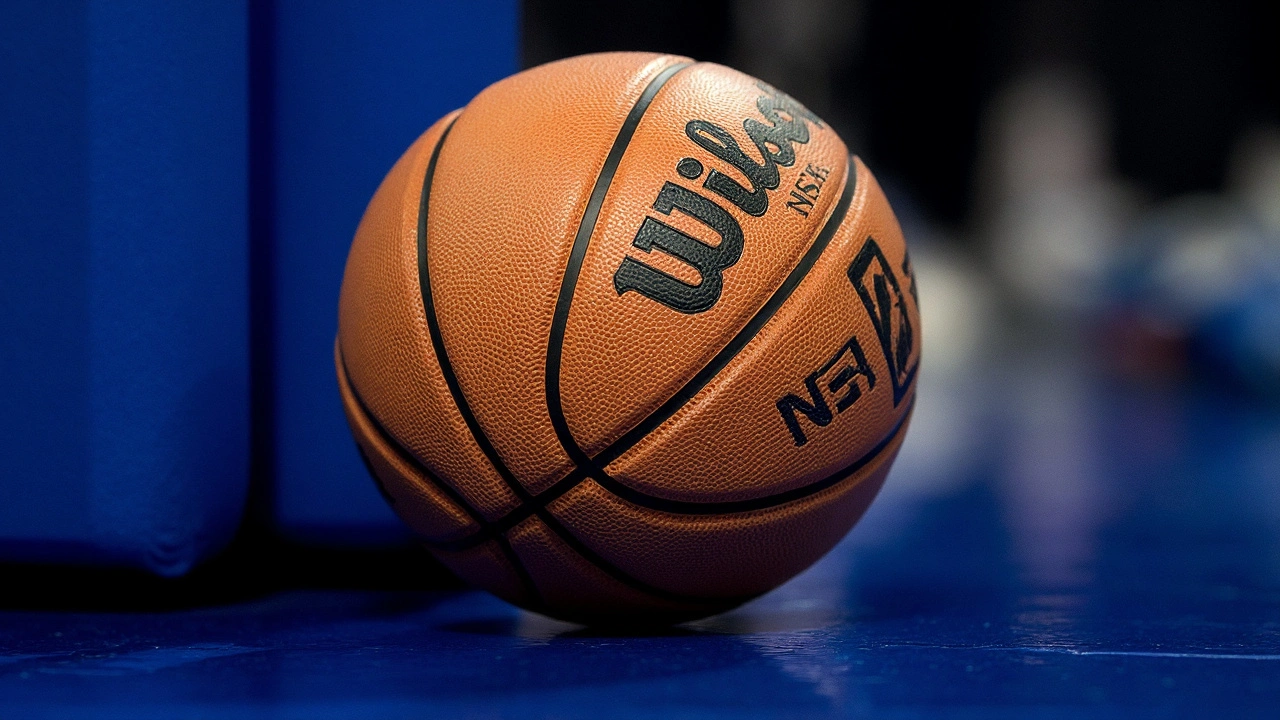NBA Raises Salary Cap for 2025-26: Breaking Down the Numbers
The NBA just turned up the heat on next summer’s free agency. With the latest announcement, the 2025-26 season’s salary cap leaps to $154.6 million—a sharp 10% spike, and exactly in line with what teams were told to expect last June. Don’t gloss over this number; it shapes nearly every conversation about player signings and blockbuster trades.
Let’s talk about the luxury tax. For many NBA owners, crossing the tax line means serious financial penalties, but also the signal you’re willing to spend for a contender. Next year, the line sits at $187.9 million. Teams brushing up against it will have some tough choices to make. Then, you have the even stricter aprons: the first at $195.9 million and the second at $207.8 million. This matters because teams that cross these levels face tough roster-building restrictions—fewer options for trades, no mid-level exceptions, and the league’s version of 'you’re out of chips.'
For perspective, this is a jump of $17.8 million compared to last year. To appreciate how fast the numbers have moved, just look back to the 2017-18 season, when the cap was stuck at $99.093 million and stars were signing smaller max deals. Now? It’s a very different landscape, as league revenues grow, driven mostly by monster broadcast deals and continued global interest.
Talent, Teams, and Tough Decisions: Who Benefits Most?
The real headline might just be the Brooklyn Nets. While most NBA teams will see only marginal wiggle room, Brooklyn stands alone—right now, they’re projected to have over $50 million in cap space. In a league where flexibility matters almost as much as superstars, the Nets could be one of the only teams able to offer a max contract outright to big names—or pounce on a midseason opportunity if a star wants out of his current deal.
But what about the players who already dominate highlight reels? LeBron James, Kyrie Irving, and James Harden all have player options for the 2025-26 campaign. If any of them decide to hit free agency, the combination of fresh cap room and marquee names could shake up the NBA salary cap landscape and the balance of power across the league. For younger stars coming off rookie deals, those jumps in cap space can mean richer contracts than they dreamed just a few seasons ago.
Let’s not forget how the NBA’s salary cap works. Unlike the NFL or NHL, which stick teams with a hard cap ceiling, the NBA runs a 'soft cap'—teams can go over if they’re re-signing their own talent, thanks to exceptions built into the system. The upshot? Teams like the Warriors or Celtics, who’ve developed their own stars, can keep paying them even if it means staring down sky-high luxury tax bills.
There’s another twist. Teams that stay under the luxury tax don’t just save on penalties—they also split a pool of cash. Next season, that bonus works out to $11.5 million per team, taken straight from the wallets of those who went big game hunting in free agency or doubled down on their superteams.
Fast-forward to next summer: with this fresh wave of cap space, expect even more trade rumors and unpredictable signings. Owners will weigh their finances, superstars will size up their worth, and those teams on the bubble will agonize over whether to spend or save. For fans, it makes one of sports' wildest offseasons even more unpredictable.



Stuart Sandman
July 2, 2025 AT 05:59DJ Paterson
July 2, 2025 AT 16:55Nikhil nilkhan
July 3, 2025 AT 05:40Damini Nichinnamettlu
July 5, 2025 AT 04:58Vinod Pillai
July 6, 2025 AT 19:03Avantika Dandapani
July 8, 2025 AT 18:50Ayushi Dongre
July 8, 2025 AT 23:17rakesh meena
July 9, 2025 AT 04:56sandeep singh
July 11, 2025 AT 01:58Sumit Garg
July 11, 2025 AT 10:05Sneha N
July 11, 2025 AT 20:39Manjunath Nayak BP
July 13, 2025 AT 18:28Tulika Singh
July 13, 2025 AT 22:01naresh g
July 14, 2025 AT 01:05Brajesh Yadav
July 15, 2025 AT 01:20Govind Gupta
July 16, 2025 AT 12:09tushar singh
July 18, 2025 AT 01:41